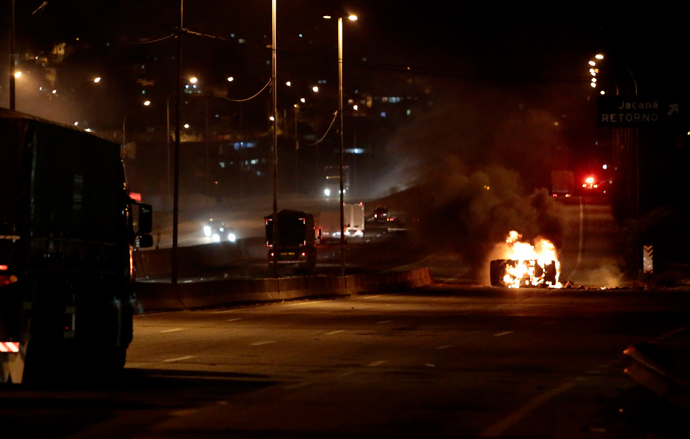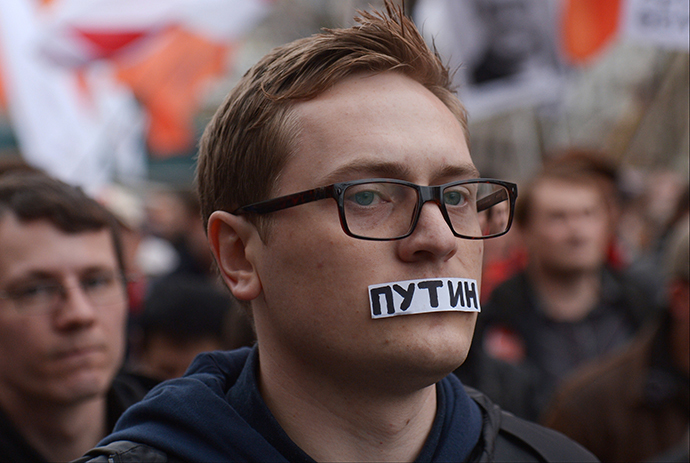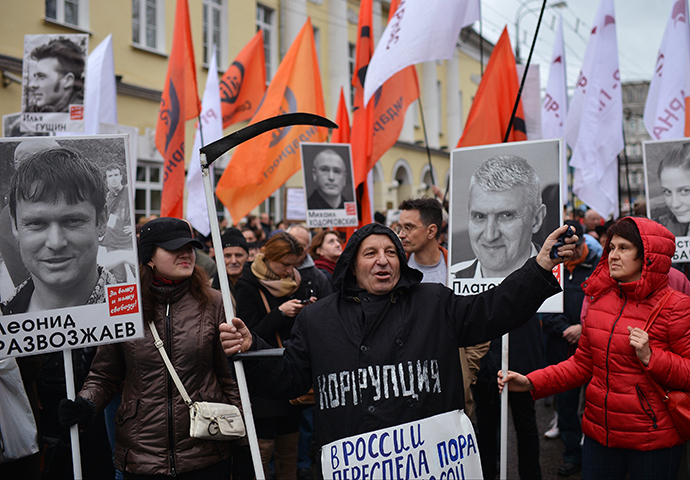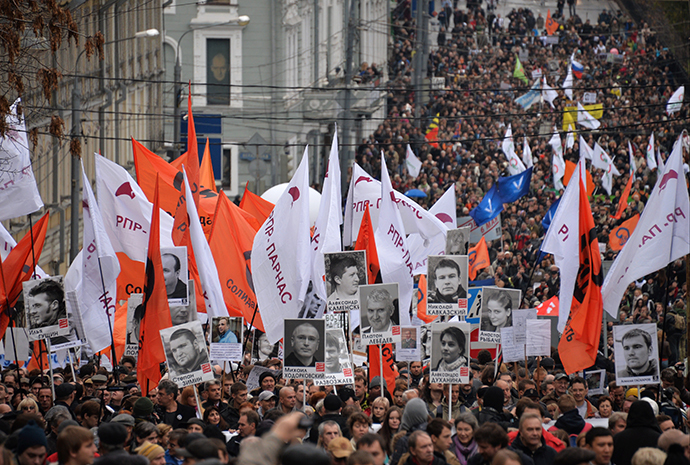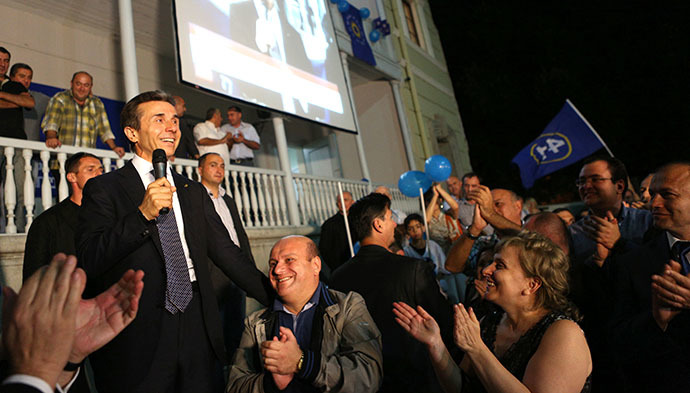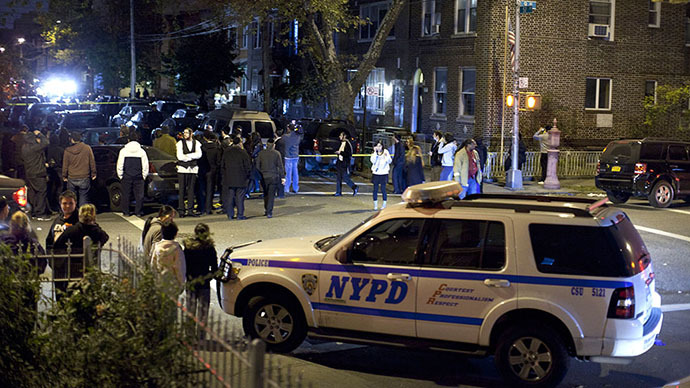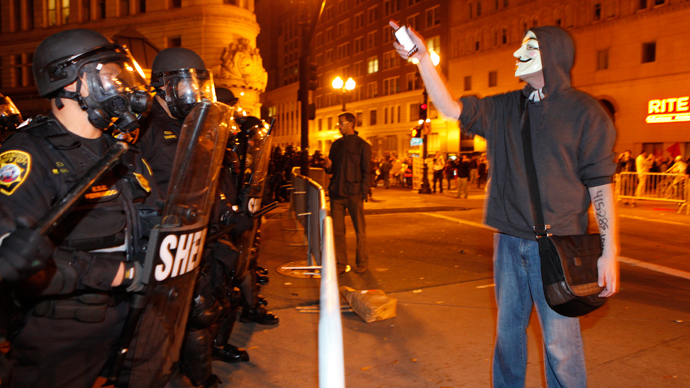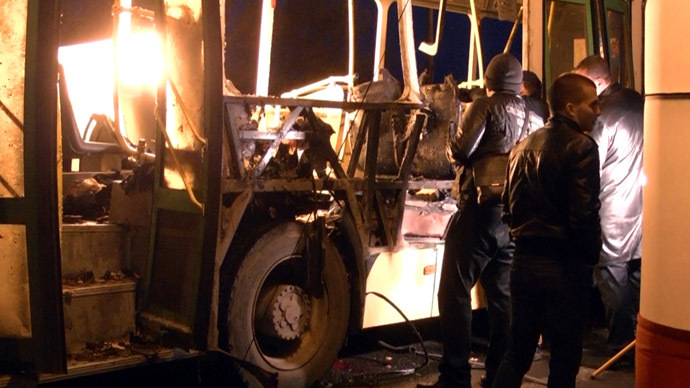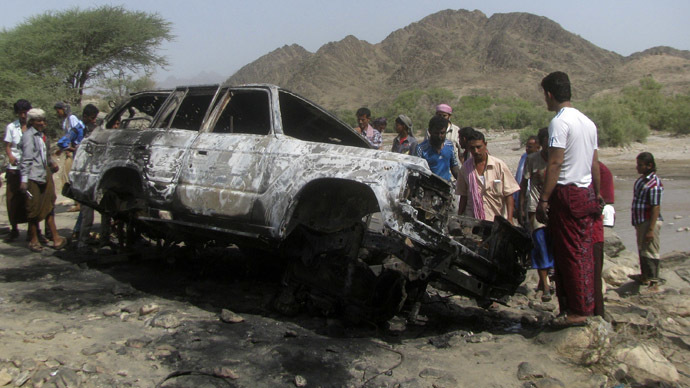
EU diplomats who traveled to Washington over the NSA’s spy program
have been left with their questions unanswered. The US insisted all the
intelligence gathered in Europe was related to warzones in the Middle
East and would continue.
The European Union’s delegation of politicians trusted with getting answers from Washington over the National Security Agency’s (NSA) espionage programs in the EU left with more questions than they arrived with.
The heated condemnation of the reports the US eavesdropped on millions of calls as well as the communication of EU leaders was dampened by spy Director Gen. Keith Alexander.
“It is much more important for this country that we defend this nation and take the beatings than it is to give up a program that would result in us being attacked,” Alexander told House of Representatives Intelligence Committee on Wednesday.
Furthermore, he said that the reports in European media alleging the NSA recorded millions of personal phone calls were “completely false.”
Addressing allegations of EU complicity in the spying he said that some data had been provided “to NSA by foreign partners,” but it is “not information that we collected on European citizens.”
“It represents information that we and our NATO allies have collected in defense of our countries and in support of military operations," said Alexander.
Following the meeting members of the delegation told RT’s Gayane Chichikyan that espionage on such a scale could not be justified by the American fight against terrorism.
Spanish MEP Salvador Sedo said that Alexander gave some statistics and an explanation neither of which “clarify the situation.”
“This is not justifiable,” said Sedo, adding that the tapping of Chancellor Angela Merkel’s phone was not included in Alexander’s explanation. A group of German officials are also in Washington this week to address allegations of the NSA eavesdropping on the Chancellor phone.
RT’s correspondent, Gayane Chichikyan, described the EU delegation’s visit as purely “symbolic.”
“They came to Washington, expressed reserved indignation and then agreed to cooperate further. This is something that we’ve seen before,” said Chichikyan.
The EU delegation left Washington on Wednesday and it remains to be seen what action will be taken in relation to the talks with US officials. European leaders have threatened to suspend the multi-billion ‘Safe Harbor’ trade pact as a measure against US spying. The deal allows American companies to collect data on clients, something that the EU believes is being undermined by the NSA.
‘A weapon against geopolitical competition’
Geopolitical analyst, Eric Draitser, dismissed the EU
delegation’s visit to Washington as “political posturing.”
He described the word “collaboration” as not strong enough
for the intelligence cooperation between the EU and the US.
“They have been an intimate part of the US intelligence apparatus,” stressed Draitser to RT. “If you exist within the US sphere of influence then you are part of this espionage.”
Accepting NSA Director Keith Alexander’s explanation, Draitser said the assertion the US gathered information for military purposes was technically “valid,” but Washington’s ultimate goal was to use the intelligence as a “weapon of dominance and coercion.”
“Yes, it’s true these things are for military purposes and intelligence gathering. That’s absolutely true. But, in the end the goal… it’s for the purposes of wielding this information as a weapon against political competition and geopolitical rivals,” he concluded.
The European Union’s delegation of politicians trusted with getting answers from Washington over the National Security Agency’s (NSA) espionage programs in the EU left with more questions than they arrived with.
The heated condemnation of the reports the US eavesdropped on millions of calls as well as the communication of EU leaders was dampened by spy Director Gen. Keith Alexander.
“It is much more important for this country that we defend this nation and take the beatings than it is to give up a program that would result in us being attacked,” Alexander told House of Representatives Intelligence Committee on Wednesday.
Furthermore, he said that the reports in European media alleging the NSA recorded millions of personal phone calls were “completely false.”
Addressing allegations of EU complicity in the spying he said that some data had been provided “to NSA by foreign partners,” but it is “not information that we collected on European citizens.”
“It represents information that we and our NATO allies have collected in defense of our countries and in support of military operations," said Alexander.
Following the meeting members of the delegation told RT’s Gayane Chichikyan that espionage on such a scale could not be justified by the American fight against terrorism.
Spanish MEP Salvador Sedo said that Alexander gave some statistics and an explanation neither of which “clarify the situation.”
“This is not justifiable,” said Sedo, adding that the tapping of Chancellor Angela Merkel’s phone was not included in Alexander’s explanation. A group of German officials are also in Washington this week to address allegations of the NSA eavesdropping on the Chancellor phone.
RT’s correspondent, Gayane Chichikyan, described the EU delegation’s visit as purely “symbolic.”
“They came to Washington, expressed reserved indignation and then agreed to cooperate further. This is something that we’ve seen before,” said Chichikyan.
The EU delegation left Washington on Wednesday and it remains to be seen what action will be taken in relation to the talks with US officials. European leaders have threatened to suspend the multi-billion ‘Safe Harbor’ trade pact as a measure against US spying. The deal allows American companies to collect data on clients, something that the EU believes is being undermined by the NSA.
‘A weapon against geopolitical competition’
Geopolitical analyst, Eric Draitser, dismissed the EU
delegation’s visit to Washington as “political posturing.”
He described the word “collaboration” as not strong enough
for the intelligence cooperation between the EU and the US.
“They have been an intimate part of the US intelligence apparatus,” stressed Draitser to RT. “If you exist within the US sphere of influence then you are part of this espionage.”
Accepting NSA Director Keith Alexander’s explanation, Draitser said the assertion the US gathered information for military purposes was technically “valid,” but Washington’s ultimate goal was to use the intelligence as a “weapon of dominance and coercion.”
“Yes, it’s true these things are for military purposes and intelligence gathering. That’s absolutely true. But, in the end the goal… it’s for the purposes of wielding this information as a weapon against political competition and geopolitical rivals,” he concluded.




